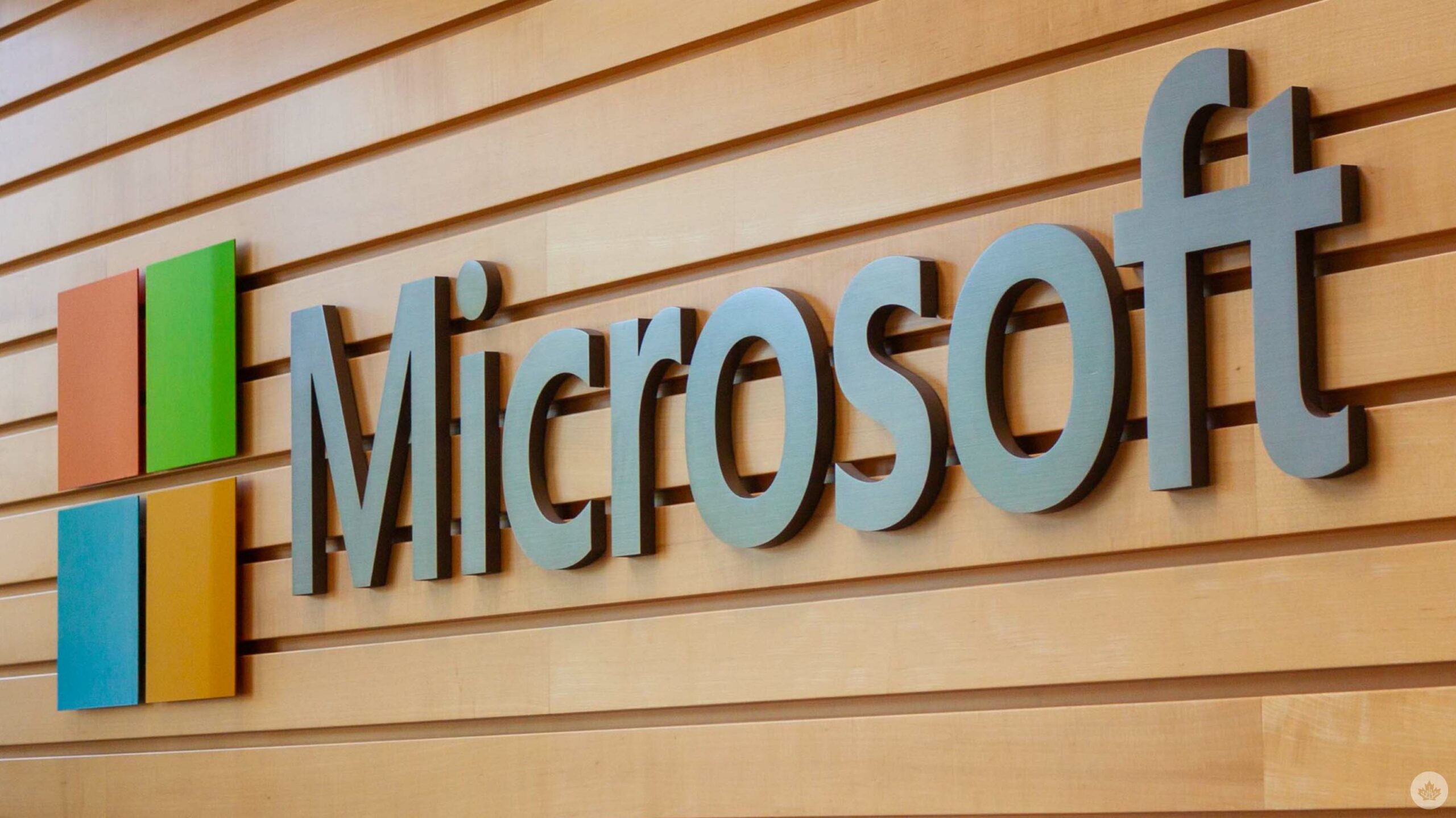
Windows 7, 8, and 8.1 have officially reached the end of their life as Microsoft ended support for the operating systems yesterday, Tuesday, January 10th.
Both Windows 7 and Windows 8 are over a decade old, with the former being released in October 2009, and the latter in October 2012. Windows 8.1, however, was released a year later than Windows 8 (October 2013), which means that it still hasn’t completed a decade in existence. Regardless, according to Microsoft, Windows 8.1 will no longer receive any software or security updates, and the company will not provide any technical support for either of the operating systems, via Gizmodo.
All support for Windows 7 ended on January 10th. Three years ago, Microsoft officially announced that it would stop doing software updates for Windows 7. However, the company did offer Extended Security Updates (ESU) for users running Windows 7 Professional and Windows 7 Enterprise. Since Windows 8.1 wasn’t as popular as Windows 7, it won’t be receiving any ESUs.
“Windows 8.1 will reach end of support on January 10, 2023, at which point technical assistance and software updates will no longer be provided. If you have devices running Windows 8.1, we recommend upgrading them to a more current, in-service, and supported Windows release,” wrote Microsoft in its blog post. “Microsoft will not be offering an Extended Security Update (ESU) program for Windows 8.1. Continuing to use Windows 8.1 after January 10, 2023 may increase an organization’s exposure to security risks or impact its ability to meet compliance obligations.”
It’s worth noting that both Windows 7 and Windows 8(.1) operating systems will still run on computers, but the the lack of software patches would leave those PCs vulnerable to security risks. According to ZDNet, there were still millions of computers running Windows 7 at the end of 2020, even though Microsoft ended full support. The latest numbers show that there are still over 33,000 federal computer systems running Windows 7 and over 18,000 running Windows 8 or 8.1.
A majority of Windows users are steadfast on using Windows 10, which might be due to the operating system being one of Microsoft’s cleanest products, or because its machines can’t upgrade to Windows 11. According to analytics firm Statcounter, Windows 11 accounts for just under 17 percent of Windows market share, while 11 percent of the market share is still held by Windows 7. Windows 10 dominates with a 68 percent market share.
MobileSyrup may earn a commission from purchases made via our links, which helps fund the journalism we provide free on our website. These links do not influence our editorial content. Support us here.


